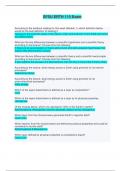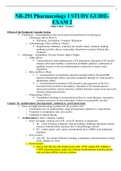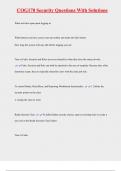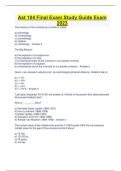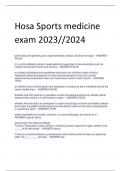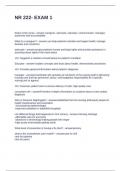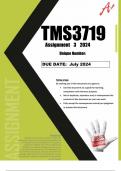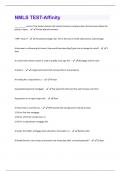Exam (elaborations)
SFSU ERTH 110 Exam | Questions and Answers
- Course
- Institution
SFSU ERTH 110 Exam | Questions and Answers According to the textbook reading for this week (Module 1), which definition below would be the best definition of Geology? Geology is the scientific study of the nature, origin and evolution of the Earth and other terrestrial bodies. What are the key di...
[Show more]
